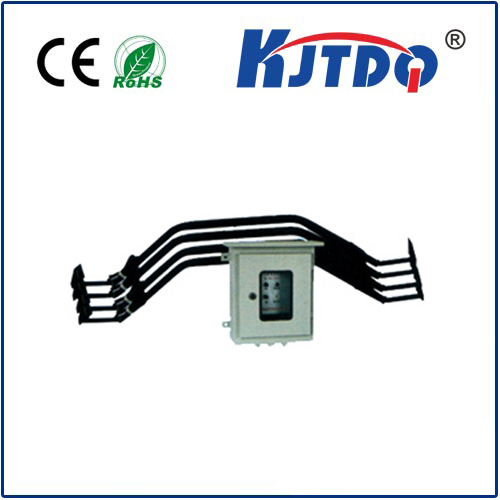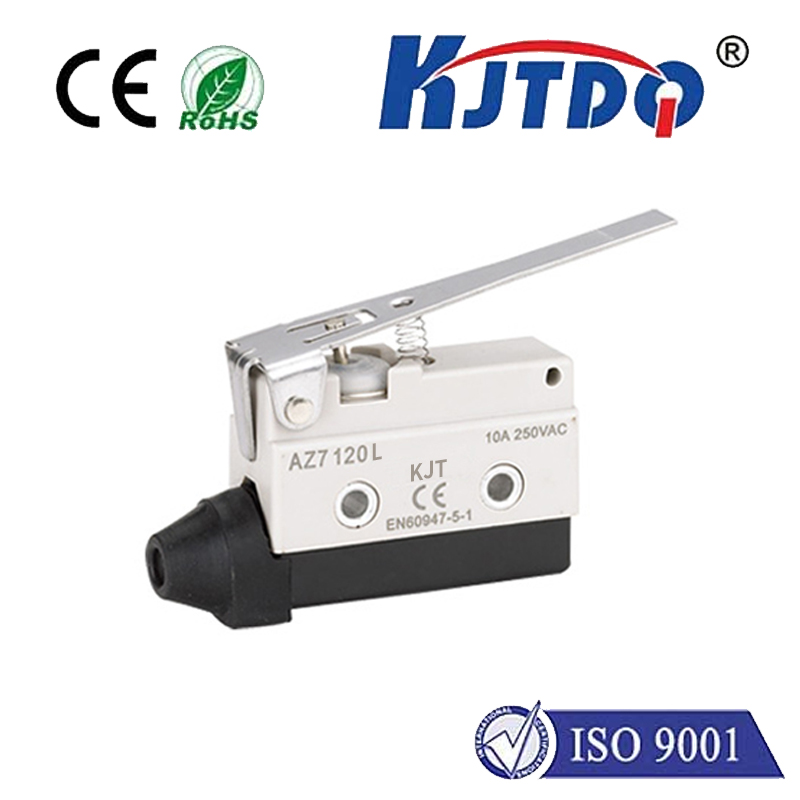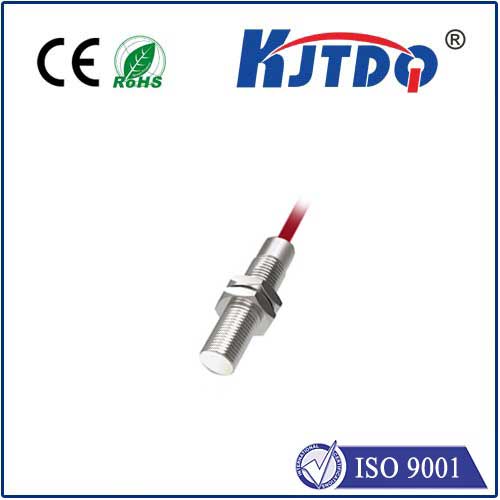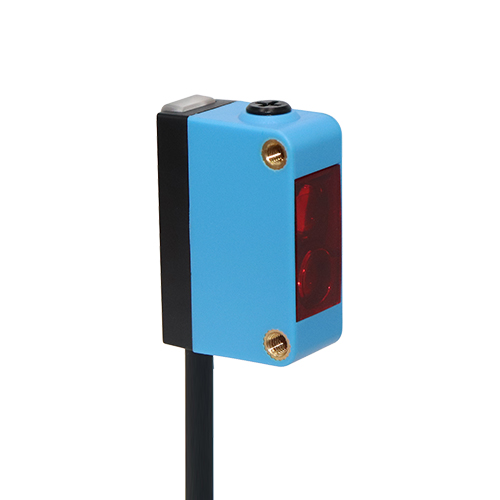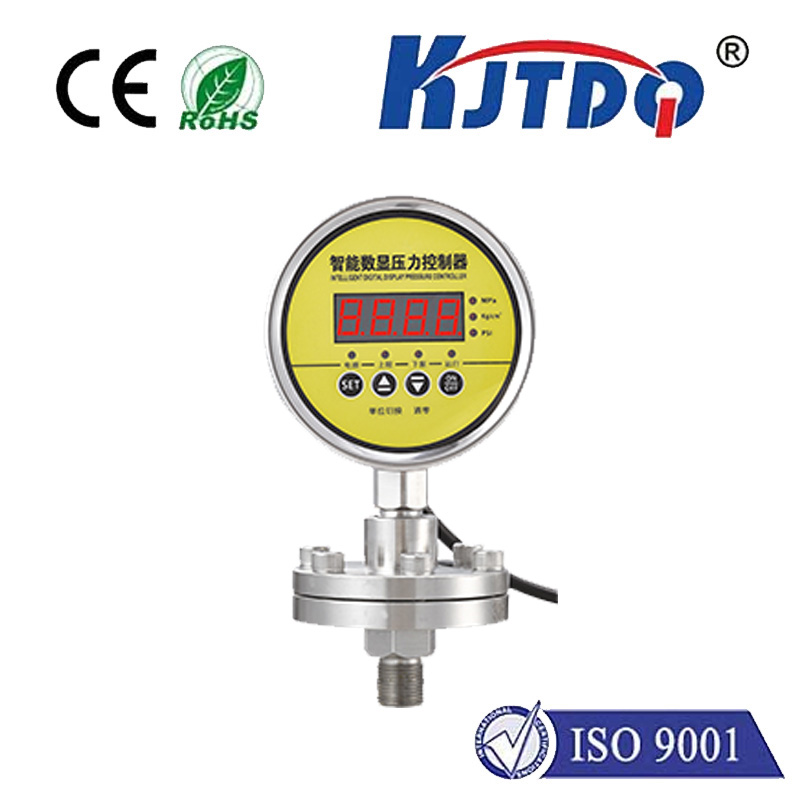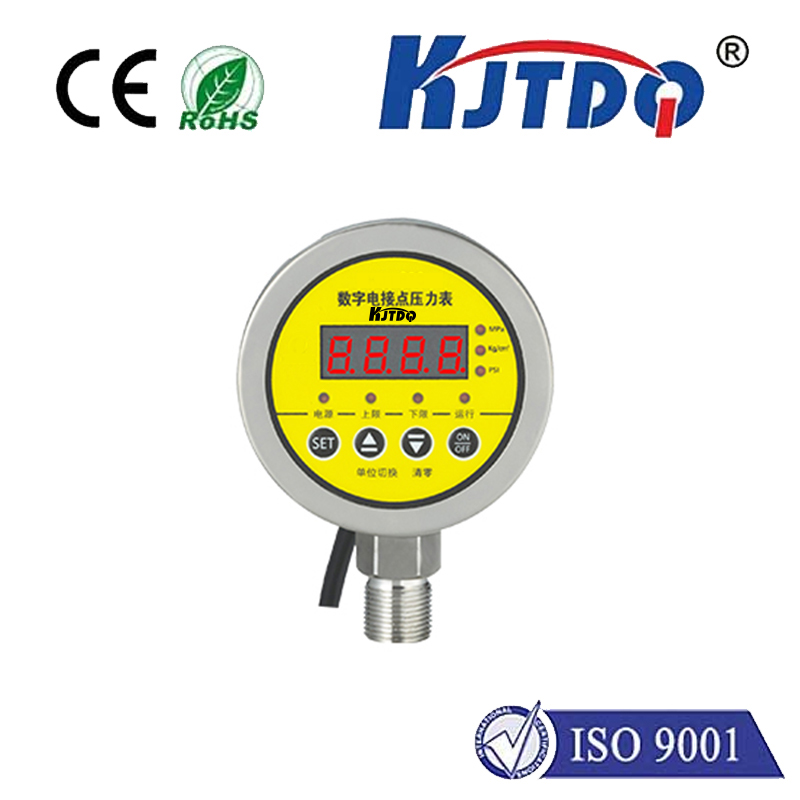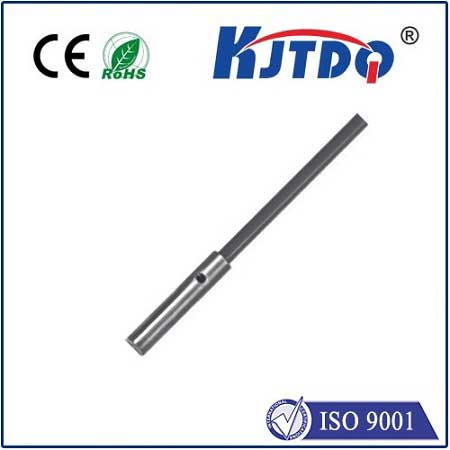

check

check

check

check

check

check

check

check

check

check
Title: The Revolutionizing Role of Laser Gas Sensors in Industrial Safety
Introduction:
In recent years, the need for reliable and efficient safety measures has become increasingly critical in industrial settings. One such innovation that has transformed the safety landscape is the laser gas sensor. These cutting-edge devices have revolutionized industrial safety by providing rapid and accurate detection of hazardous gases, thereby minimizing the risk to personnel and protecting equipment. In this article, we will delve into the significance of laser gas sensors, their working principle, and the diverse applications they offer in various industries.
The Pivotal Role of Laser Gas Sensors:

Laser gas sensors are based on the principles of photoionization and absorption spectroscopy. They operate using a high-powered laser beam that excites the molecules in the gas sample, causing them to transition between different energy levels. This process results in an increase in the absorption or emission of light by the gas molecules, which can be measured by the sensor. By detecting changes in the intensity of the emitted light, the laser gas sensor can determine the presence of hazardous gases with remarkable accuracy and speed.
Accuracy and Speed:
Compared to traditional infrared gas sensors, laser gas sensors offer several advantages over their counterparts. For instance, they have a significantly lower response time, making them ideal for use in emergency situations where every second counts. Additionally, they are less prone to interference from other sources of light, such as ambient light or sunlight, ensuring consistent and reliable performance even in challenging environments. Furthermore, laser gas sensors can detect gases at extremely low concentrations, making them suitable for use in areas with poor air quality or where traditional sensors may fail.
Applications in Different Industries:
The versatility of laser gas sensors has made them invaluable in various industries. In the manufacturing sector, they are widely used for detecting toxic gases such as hydrogen sulfide, carbon monoxide, and combustible dust particles. By preventing these dangerous substances from entering confined spaces, laser gas sensors significantly reduce the risk of workplace accidents and maintain worker safety.
Moreover, laser gas sensors play a crucial role in fire detection systems. By monitoring for the buildup of dangerous gases before they reach critical levels, these devices can help prevent catastrophic fires caused by chemical reactions or electrical malfunctions. They are also employed in industrial process control applications, where they provide real-time feedback on the quality of air or liquids being processed. This enables operators to take corrective actions promptly, reducing waste and improving overall efficiency.
Conclusion:
As industrial safety continues to be a top priority for organizations worldwide, laser gas sensors have emerged as a game-changer in safeguarding worker health and maintaining operational excellence. Their unparalleled accuracy, speed, and versatility make them an indispensable tool for various industries. With ongoing research and development, we can look forward to even more advanced and innovative applications of these state-of-the-art sensors in the future.
